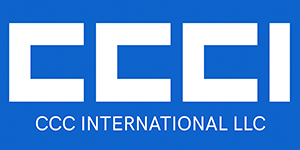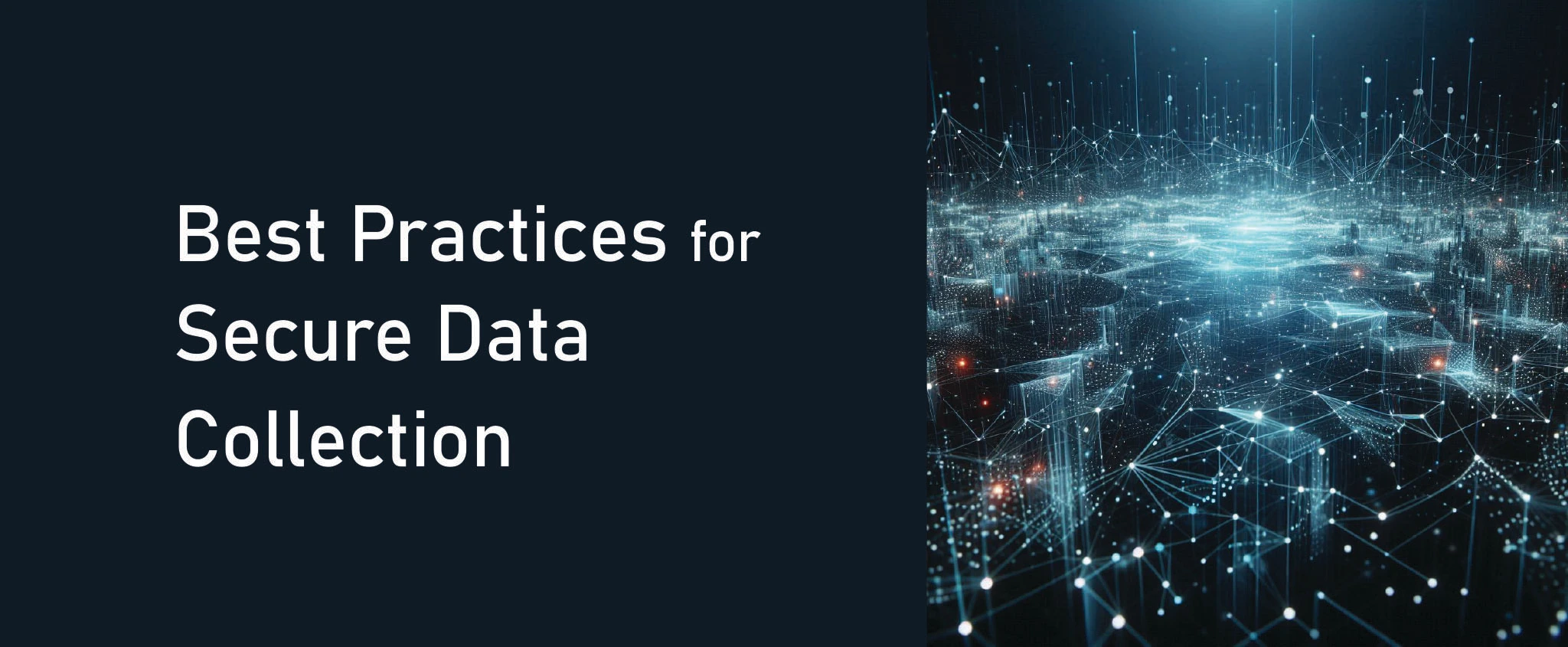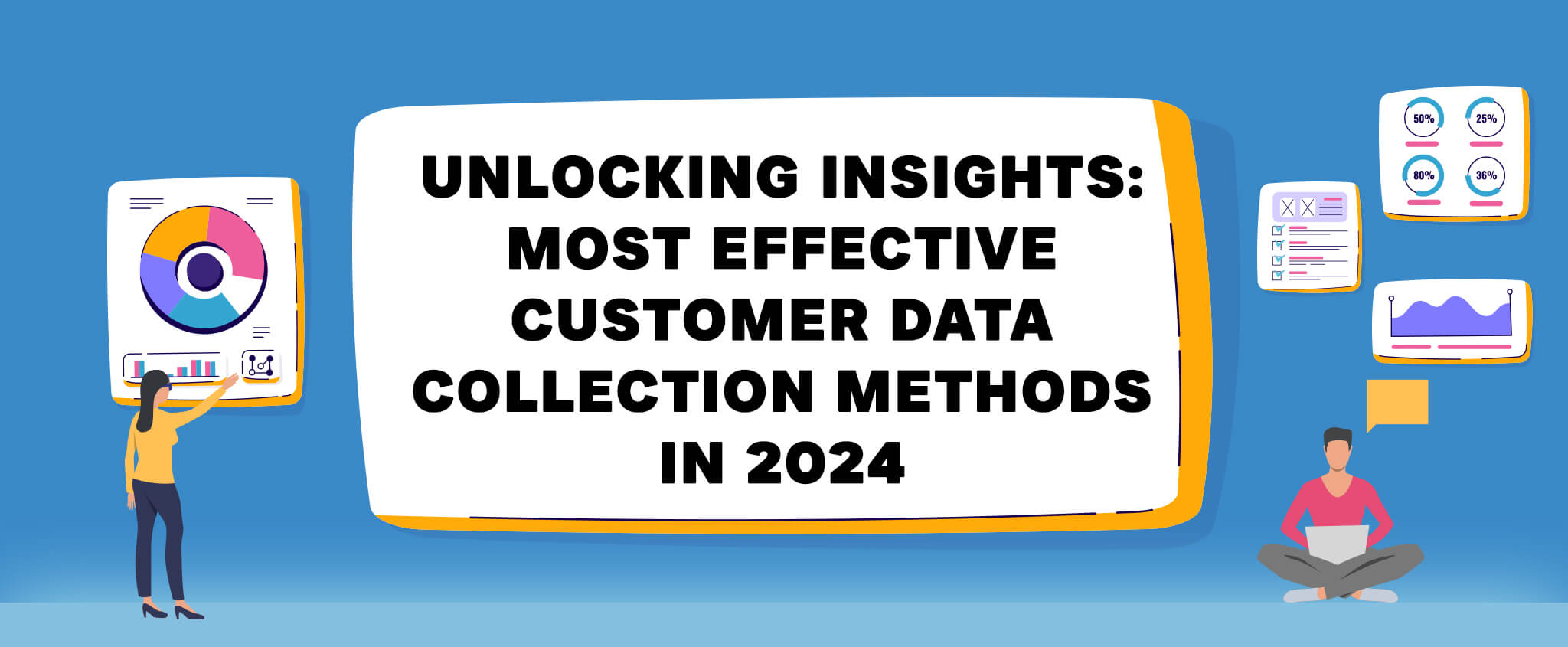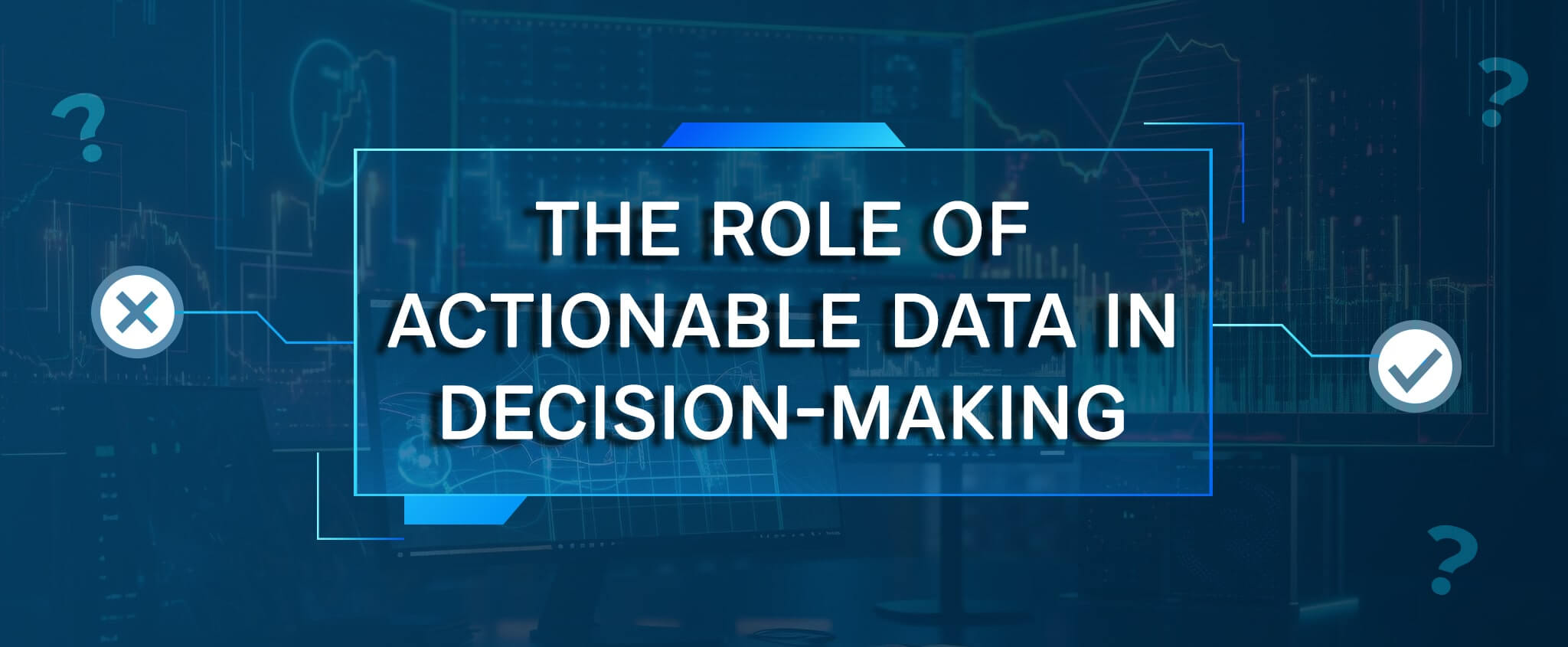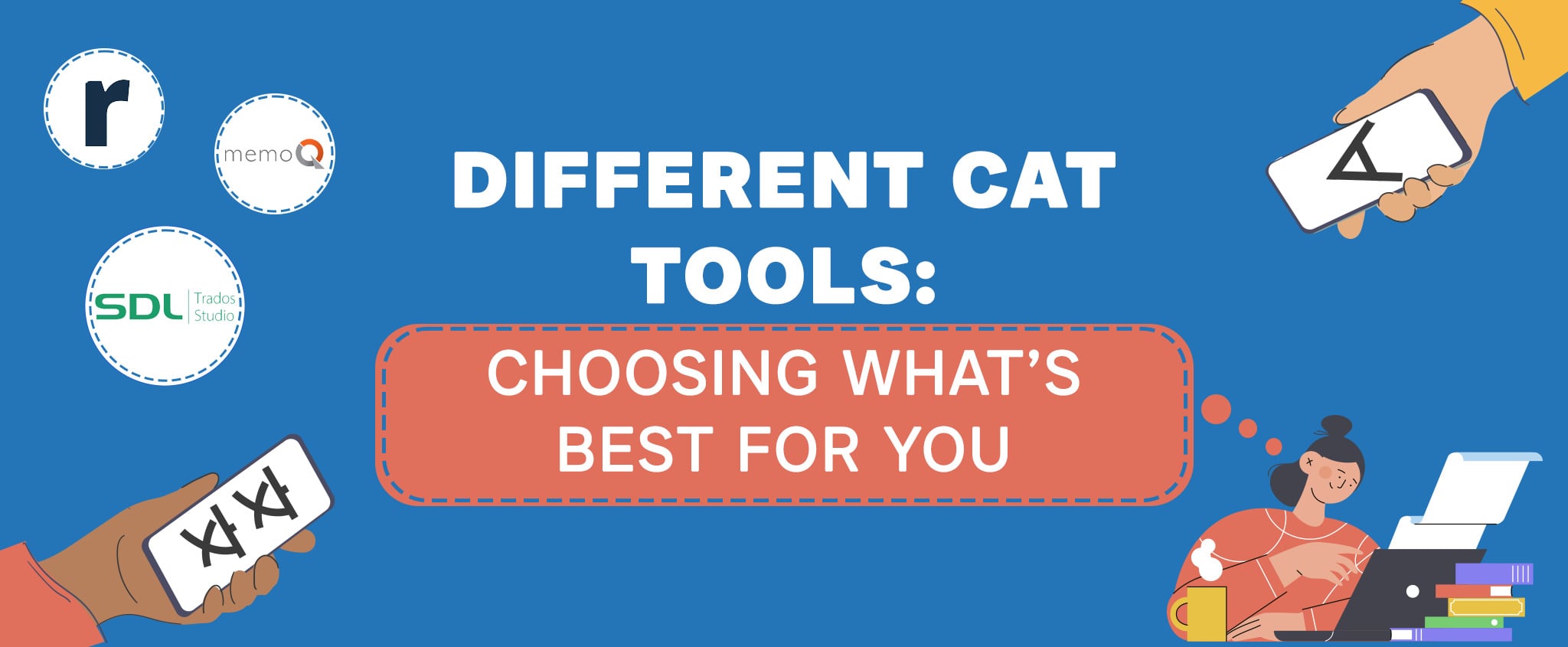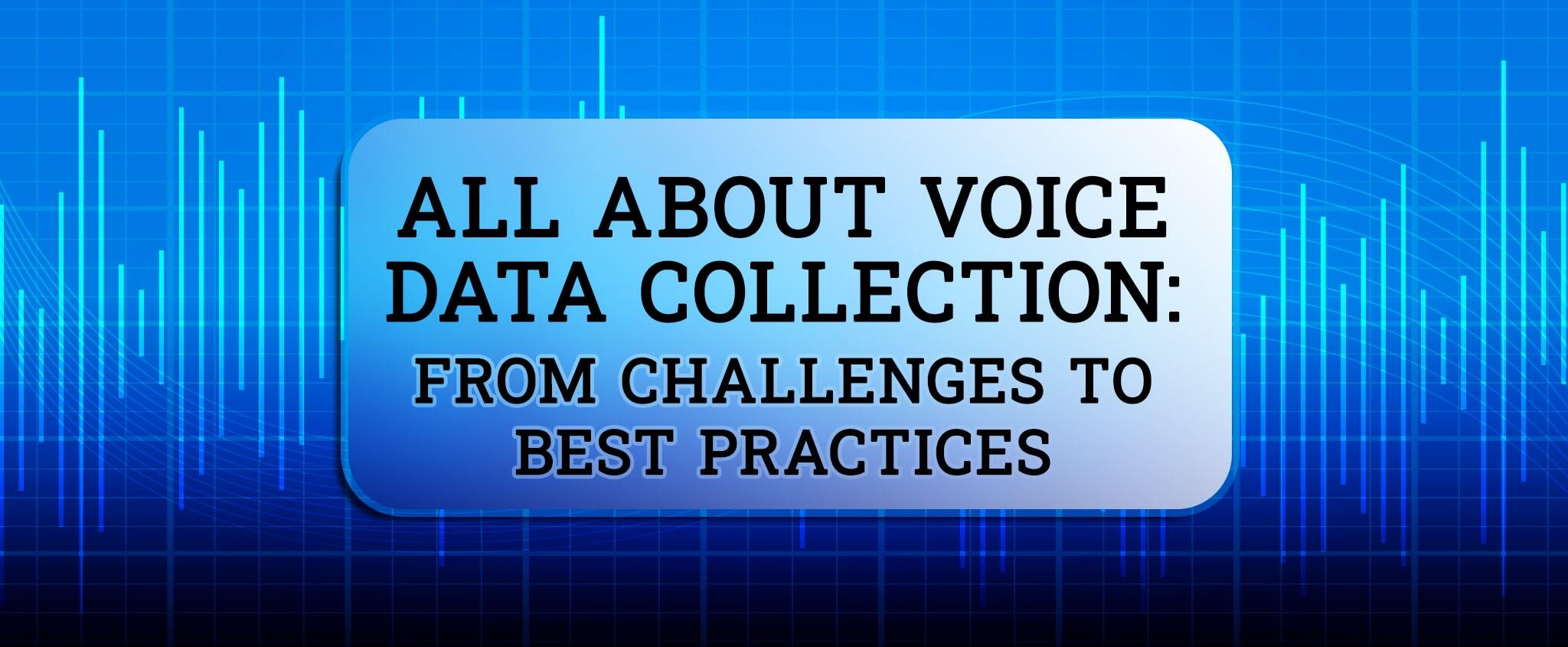5 Ways To Customize Your Speech Data Collection Project
Speech recognition is a technology that can revolutionize the way people interact with what’s on hand. The technology paved the way for several application developments that made daily life more convenient and cut the cost of time in regular work and non-work-related activities. Speech recognition is quite a bit complicated tech. The AI in speech recognition works wonders. It can deliver what it’s asked for in a short time. Speech AI converts voice commands and search queries into actionable processes that bring out guaranteed and fast results and outcomes. Its algorithms become smarter and smarter each day as it feeds on up-to-date speech data. Speech data is what powers the AI in speech recognition.
Speech datasets are gathered from several online audio and speech databases and customized speech data collection services. The latter one is mostly used as it is more convenient and easy to get. Small up to large enterprise companies all over the world make use of speech data. These companies get their data by outsourcing multilingual speech data collection services from third-party companies. Third companies such as CCCI collects customized speech data based on the company’s request and needs. Some companies are hesitant to customize their speech data collection project as they don’t have a clue on how to customize it. Today, let CCCI guide you on five ways to customize your speech data for your speech recognition projects.
Customizing Speech Data Collection
Customizing your speech data collection is one of the crucial factors you have to consider when deciding to start your speech recognition project. It can help you decide what to collect, when to collect and estimate the cost that comes with the collection. To get started with your speech recognition journey, here are five ways to customize your speech data collection project.
1. Purpose
Before anything else, the first thing that your company needs to do when customizing speech data collection is to know your purpose. What is your goal with this project? How will your company incorporate the data collected in your speech recognition project? Identifying the specific details of your project will help in its customization. It will also help in defining some risks that might happen during the timeframe of the project. The goal of having a purpose is to know the path that your company will take and follow in your journey towards speech recognition technology.
2. Target Market
The second way to customize your speech data collection project is knowing your target market. To whom do you target to make a speech recognition project? Your company will need to decide the speech data that you want to collect. To do that, your company needs to know what specific age, gender, and nationality your targets are to know what data to collect. Speaking of nationality, your company also needs to decide if you want to collect speech data from specific countries and places.
3. Language
Another way to customize your speech data collection project is choosing what language you want to collect the data with. In selecting the language, your company will need to consider whether you need native speakers of the language that you are choosing or just people who can speak the language. Once your company decided on the language. Decide what dialect needs to be collected as well. Knowing which dialect to target is essential to the scope of your project. Your speech recognition project would be more specified and your company can evaluate more on how will you collect the data. You can also decide here whether you want the collection to be multilingual.
4. Type of Speech Data Collection
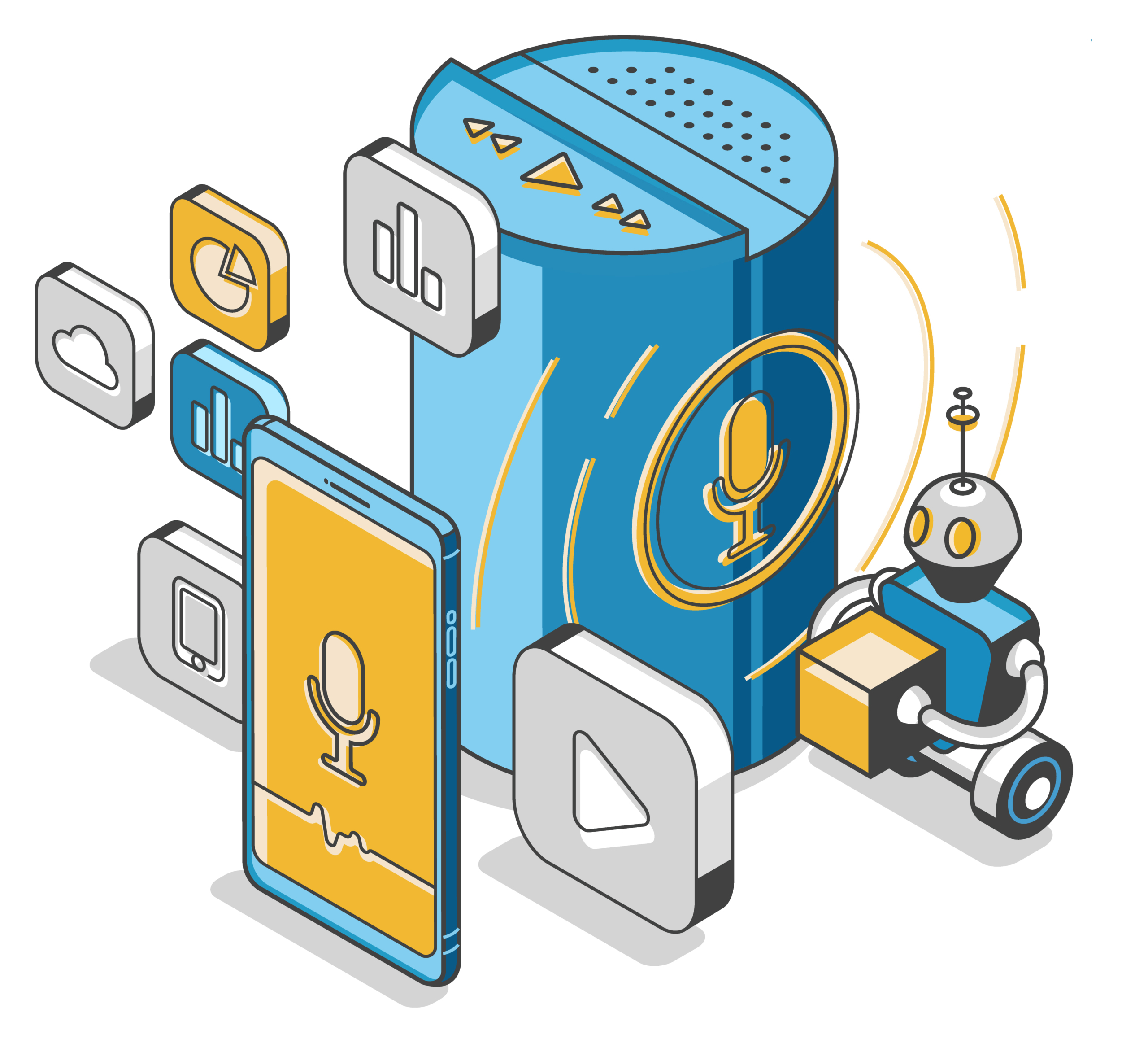
Your company can also customize your speech data collection project by the type of speech data collection service and what type of speech data do you want to collect. In CCCI, we have two types of speech data collection services. The first one is acoustic data recording and speech collection and the second one is natural utterance speech data recording and collection.
These types of speech recording and collection are different. Acoustic data recording and collection is collecting speech or audio data from audio events and acoustic scenes. Natural utterance speech data recording and collection is collecting utterances that will help in recognizing the nuances of human speech.
Your company also has to decide what type of speech data you want to collect. In CCCI, we collect three types of speech data. We record and collect scripted, scenario-based and conversational speech and audio data in up to 30 European and Asian languages in almost all industries. We use pre-made voice-command or command-like scripts when recording scripted speech data. This type of speech data is primarily used for collecting varying speech samples on how a certain sentence or command is said. In scenario-based speech data collection, we use either non-scripted or scripted exchange of words between two people. The exchange of words between two people is most likely used to train the AI of the machines in capturing multi-speaker conversations. Last but not the least, we have conversational speech data collection. In this data collection, several speakers participate in a conversation. The data collected will be fed to the machine or AI for speech recognition.
5. Audio Quality
You can also customize your speech data collection project by the audio quality. Choose the audio quality carefully. Select whether your company wants the audio quality to be gathered from phone conversations or from online platforms. The audio quality matters when the data is being fed to the AI. When recording and collecting data, opt to request a clean recording without background noise as this might affect the quality as well as how the machine will learn the speech data.
Let CCCI Help You to Customize Your Speech Data Collection Project
With over ten years of experience as a company of multilingual language services, CCC International can definitely live up to your expectations when customizing your speech data collection project. Our language experts can help you decide and customize your speech data project depending on what your speech AI needs. We provide customization of our audio and speech data collection service upon consultation and negotiation. We make sure that we collect the data in a timely manner and present you with only the highest quality output. We offer this service in up to 30 European and Asian languages in almost all business industries.
Choose CCCI as your partner to unfold the next chapter of your Speech AI journey. Create a new story with CCCI. Contact us here or email us at hi@ccci.am.
Read also – Audio and speech data collection for AI projects.
